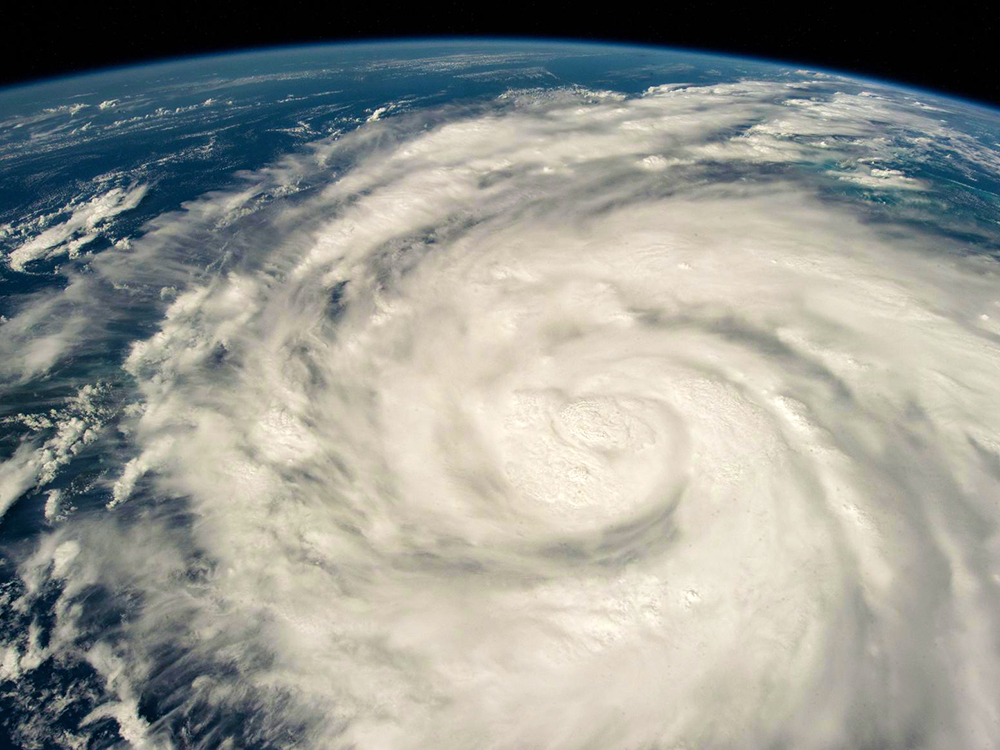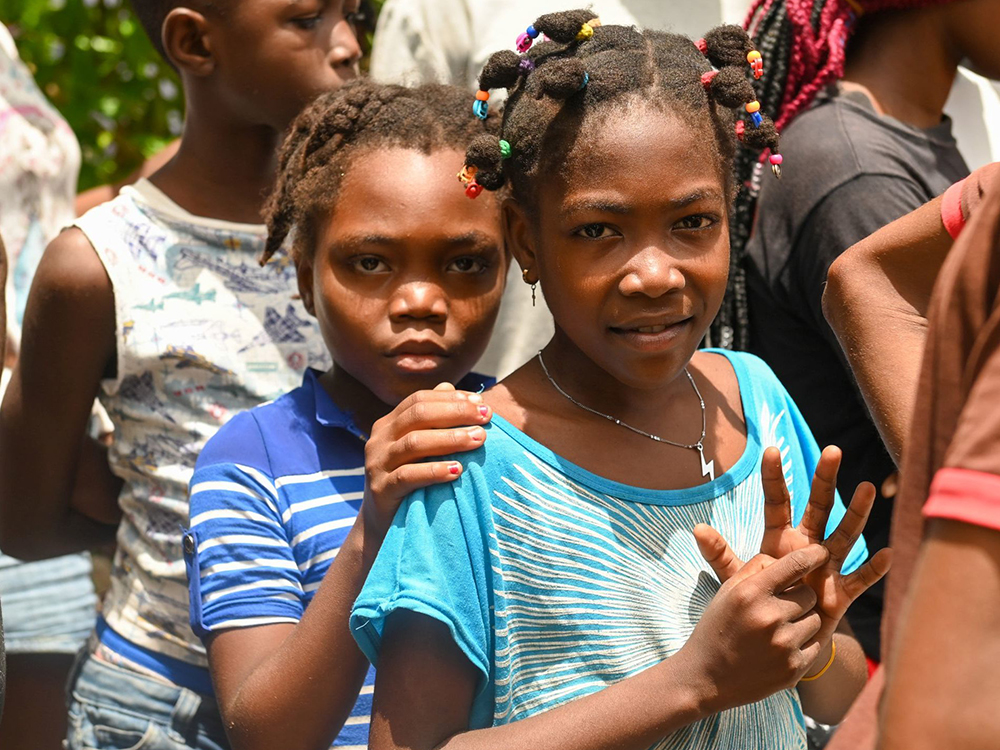Prep Your Grantmaking Systems for Effective Crisis Responses

Grants managers are among many of the unsung heroes who stepped up during the pandemic. COVID-19 thrust them into the driving seat as overwhelmed grantee partners looked to their grants managers for immediate answers and solutions. Grants managers had to be flexible, get creative, and encourage others to follow suit.
Were we prepared? Did our grants management practices and processes enable grantee partners to pivot quickly and confidently adapt programs accordingly, or did they present an obstacle? If we knew COVID-19 was going to happen, what would we have done in advance to better serve our grantee partners on the front lines, working with the communities, and navigating how to continue implementing projects in a completely new, complex reality?
At CDP, we are wrapping up a monthslong grants management process review and improvement project that reflected on these questions and dove deep into our policies, processes, forms and practices to better serve our grantee partners, streamline and improve our efficiency, and ultimately tie our practices to our values. It has also given our team the opportunity to implement changes in response to useful feedback received from our valued grantee partners.
With disasters and crises becoming more frequent and widespread around the globe, it has been challenging for the team to carve out time to zoom out and look at our systems. But as disaster professionals, my colleagues and I at CDP know how important it is to set aside time to reflect on past responses to disasters and invest in preparing for the next disaster. I like to think of this grants systems improvement process as our version of preparedness. As disaster funders, here is how we continuously prepare to make grants for the next disaster and humanitarian crisis.
How can we, as grantmakers, prepare ourselves and our organizations?
Throughout our systems-improvement process, I often reflected on a crisis leadership course I took in grad school because our grant management process is essentially a crisis plan we execute every time a disaster occurs. I found it helpful to think about the four stages of a crisis when answering the question, How can grants managers prepare themselves now to adapt and respond to the next crisis readily?
- Anticipation. While we might not be able to think through and anticipate every risk, identifying the most likely scenario is a useful exercise to think through. With the early days of COVID-19 still fresh in our minds, we can ask ourselves: How could we have been better prepared internally to adapt and adjust to the needs of our grantee partners? What processes, approvals or streamlining can grants managers adjust now to be ready for the next big crisis?Grants managers can gather their teams and facilitate this discussion to identify the main risks and think through scenarios and likely implications. Have you and your teams anticipated what disaster or crisis might impact your work?
- Planning. Once risks and implications have been identified, grantmakers can plan for these scenarios and strengthen existing processes, systems and partnerships. This could mean developing a special rapid-response application form with fewer questions, amending approval limits to reduce administrative burdens and mitigate internal slowdowns, pre-vetting grantee partners or adding in crisis modifier clauses in grant agreements that allow for a certain degree of flexibility for existing grantee partners in the event of an emergency.For instance, CDP has a pre-check process for US-based nonprofits that helps to expedite the grantmaking process by conducting some of the due diligence steps ahead of time. At the beginning of the pandemic, the team continued to pre-check organizations to allow for quick grantmaking.
- Execution. No matter how much planning has happened, there will remain a need for continued flexibility in responding to any crisis. Crises and disasters evolve, and so do the needs of grantee partners and the populations affected.At the beginning of the pandemic, the CDP team adapted to the needs of grantee partners. For example, we accepted applications for COVID-related grants that grantee partners were submitting to other funders to reduce duplication of work. Additionally, the grantmaking team allowed for flexible extensions on existing grants and budget adjustments.Grantmaking is more than dollar amounts and metrics. It is about the relationships with grantees and the people they are serving. Especially in a crisis, it is crucial to meet people where they are at, and remember that first, we are humans.
- Reflection. After the fact, it is important to reflect on what happened and identify organizational successes and lessons learned so those can be incorporated into the grants process. This can be in the form of a cross-departmental debrief led by the grants team to explore the challenges, obstacles and successes.At CDP, our grants management process review has served as an invaluable time for the team to reflect and improve on our practices so we can be even better prepared for future disaster grantmaking. It has resulted in CDP taking steps in our journey of operationalizing race and intersectional equity values, localization practices and trust-based philanthropy principles through simplifying the application and reporting requirements and being intentional about what information we are asking for. The flexibility and trust that we extended, and that was required in the early days of COVID: do we extend that same level of trust and flexibility today? If not, why not?
Grantmakers do not need to wait for a disaster or crisis to adapt and make these changes. They also don’t have to wait for changes to happen at an organizational level. COVID-19 gave us rich experiences to learn from, so start now with reflection and then anticipate what might lie ahead.
Grants managers stepped up in many ways and showed themselves to be strategic assets for their organizations in responding to the huge demands created by COVID-19. Now, it’s time to prepare ourselves and harness all those efforts, leverage our learnings and champion the process to make our grantmaking stronger. Ultimately, we can and should be better partners to our grantees in the face of disasters where a higher degree of flexibility and trust is needed.
Are you ready for the next crisis?
Image: Hurricane Ian pictured from the International Space Station. Courtesy of NASA.



